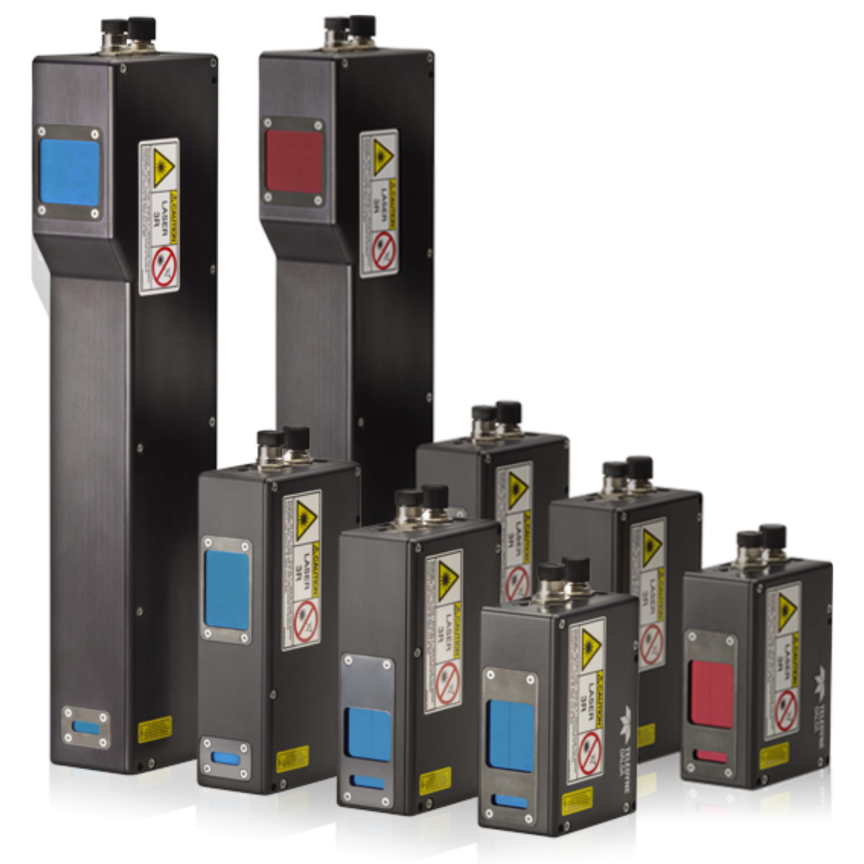The Dutch Environmental Protection Agency (DMCR) is shown in an applications report and video describing how it is using a FLIR Systems GF320 Optical Gas Imaging (OGI) camera to uphold regulations regarding fugitive gas emissions.
After comparing several possible monitoring techniques, including Differential Absorption Light Detection (DIAL) and Solar Occultation Flux (SOF), the report details how the DMCR opted for a FLIR GF320 OGI camera as its primary method of choice to detect, and pinpoint to source, airborne environmental pollutants. Technical specialists at DMCR decided that while complementary methods such as DIAL and SOF are robust and can quantify site wide emissions, these technologies are very expensive to purchase, requiring large trucks to carry the equipment and require a lot of training to be used effectively. By comparison the GF-Series OGI camera was seen to provide considerable benefits in terms of pinpointing leak sources, affordability, compactness, portability and was very easy to use, requiring very little training.
The Dutch Environmental Protection Agency concluded that the FLIR GF320 OGI camera is a quick, non-contact measuring instrument that can immediately give the camera operator an overview of a fugitive emission. Users found it beneficial that the FLIR GF320 can be used in hard-to-access locations detecting small leaks from several meters away, big leaks from hundreds of meters away, and even show leaks in moving transport vehicles.
The DCMR Environmental Protection Agency is the regional environmental agency of the local and regional authorities operating in Rijnmond, the larger 'Port of Rotterdam' area in the Netherlands. The tasks of the DCMR include regulation of the industries, monitoring and assisting authorities on developing environmental policy. The DCMR issues permits to virtually all of the 22,000 enterprises in the area and carries out more than 9,000 inspections to monitor compliance with the permit conditions.
The FLIR GF320 OGI camera is a real-time infrared camera designed for use in harsh industrial environments. The FLIR GF320 takes advantage of state-of-the-art focal plane array detector and optical systems that are tuned to very narrow spectral infrared ranges. This enables the camera to image infrared energy absorbed by certain environmentally polluting gases. Images are processed and enhanced by the FLIR High Sensitivity Mode™ feature to clearly show the presence of gases against stationary backgrounds. Gases that are detectable by the FLIR GF320 camera appear on screen as smoke plumes.
FLIR Systems has also published an application story that describes how the FLIR A655sc thermal imaging camera now provides an indispensable means of data collection to the USDA Water Management research program.
At the US Department of Agriculture (USDA), researchers are looking into ways for farmers to be more productive by using less water. They do this, among other things, by deliberately imposing stress on crops and monitoring the water stress. The most established method for detecting crop water stress remotely is through the measurement of a crop’s surface or canopy temperature. As the crop becomes water stressed, the leaves will start to curl and transpiration will decrease leading to an increase in leaf temperature.
Traditionally the USDA had used IR thermometers for this task but found the technique limited as it do not provide an image. Looking to thermal imaging to provide a solution, the USDA required a high resolution camera able to look close enough and clearly see the difference between water-stressed plants and plants with sufficient water supply. They also wanted to clearly separate plant temperature and ground temperature and see the difference between shaded leaves and non-shaded leaves. After evaluating a selection of high-resolution thermal cameras the USDA chose the FLIR A655sc research camera because it easily met all their requirements.
The FLIR A655sc provides 14-bit data up to 50 frames per second at full frame 640 × 480 resolution. A spokesperson for the USDA commented " We are very satisfied with the image quality of the FLIR A655sc. In our thermal images of sunflowers, we can clearly see the flower head that is hotter and the leaves that are 5 degrees colder. But also more in detail, we can see that the veins of the leaf are hotter than the rest of the leaf. This is highly quantitative data." The spokesperson added “The FLIR camera has also proven to be very robust. While we are driving our tractor mounted thermal imaging set-up through the test fields, it can be hot and dusty sometimes, but the camera has done very well throughout our period of use. ” The FLIR A655sc thermal imaging camera is now a major contributor to the USDA Water Management research program.

